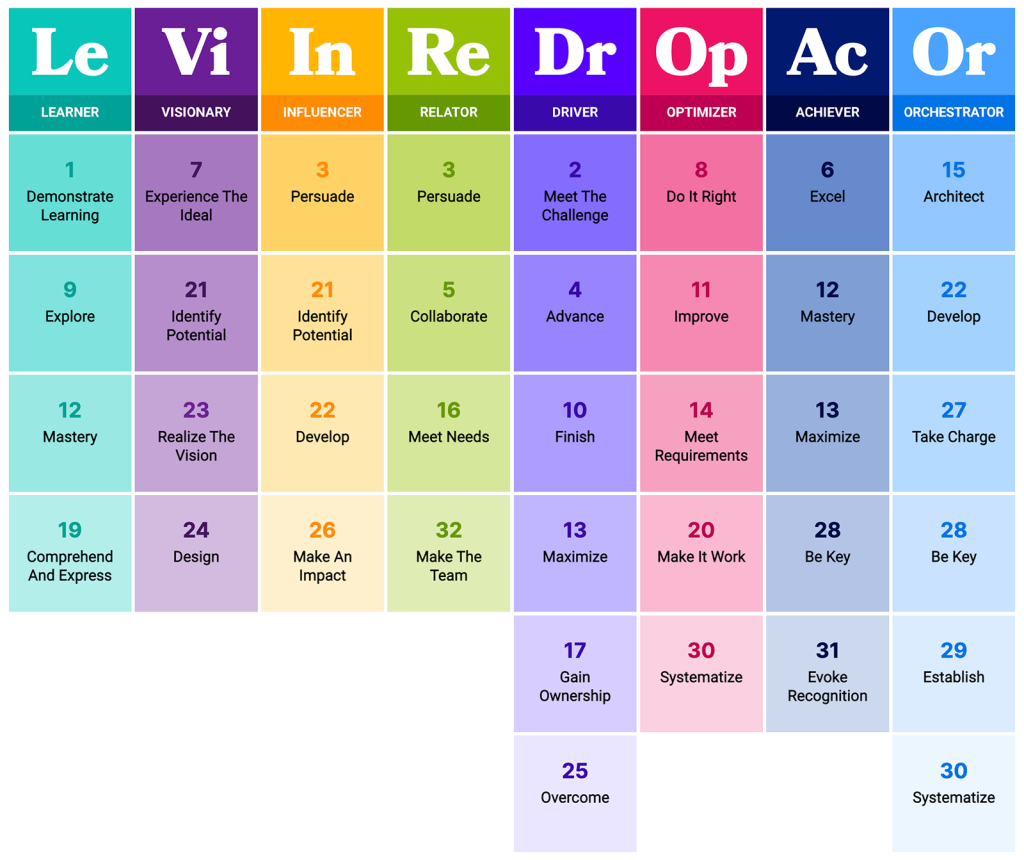There are two kinds of people
There are people who love the New York Yankees and everyone else. But whether you love the Yankees or not, you have to be impressed with one of their batters: 30-year old Aaron Judge.
Last year, Judge was at the top of all of these batting leader boards:
- On Base %
- Slugging %
- Runs Scored
- Total Bases
- Home Runs
- Runs Created
No matter how much you love or hate the Yankees, this level of performance stands out. It also betrays a dynamic that business leaders fall prey to far too often.
When you think about the highest paid baseball players, you think about paying them to do what Judge does. They go up to bat, try to get a hit, and get on base, several times in each game, in more than 150 games per year.
The pitchers and pitches may be different, but the work is the same. It’s not a problem in baseball or golf, for that matter. The goal is to develop mastery and expertise, then repeat it as often as possible to win.
If you manage employees, think about the last assignment you created. When you considered who to assign it to, who did you choose? An employee that had no idea how to get the job done or the one who had done it several times before?
Most of us choose the experienced employee.
We want the same thing as the manager who puts Judge in the line up: Results. More importantly, in the competitive context we’re all in, we want result efficiency.
We choose the fastest and easiest way to get the best results we can.
There’s nothing wrong with that, right? Or is there?
It wasn’t always this way
There were days when the US had tons of factories and because employees were all doing rote repetitive work, there weren’t stand outs. The work was the same for everyone, every day.
But due to the globalization of work and executives spending the last few decades pursuing the efficiency of results, a lot of the repetitive tasks we used to do in the US have shifted outside our borders.
In many work environments, it’s hard to convince anyone (other than entry level employees) to do the same thing, over and over, day after day. Employees want to work on new problems that challenge them and require use of their entire breadth of experience and expertise.
You might be losing your best employees for these reasons
Over the last six months, we’ve seen large technology companies let thousands of employees go. It can be debated whether those cuts were necessary. What can’t be debated, however, is that even in those leading, large tech organizations, they’re still having trouble filling key roles.
Today, your best employees aren’t without options.
They don’t need to wait another quarter or two for the promotion they were promised a year ago. They have options and can create their own opportunities, from changing firms to starting their own.
Waiting for a raise or promotion isn’t the only reason top employees walk. In fact, it may be the last reason your best employees decide it’s time to leave. In a non-scientific review of the last 30 conversations I’ve had with top talent who left jobs in the last 6 months, I identified five common reasons they moved on:
- They were tired of internal politics.
- They had big ideas that weren’t getting traction.
- They had lost faith in the organization’s leaders.
- They were bored.
- They were exhausted.
The fact that each of these folks found employment quickly and with better compensation, just solidified for them that they had waited too long.
Let’s look closer at each reason high performers quit and why it happens.
Internal Politics
Some people enjoy the complexity of making things happen even if it means getting several different people (in different teams) to agree. These Relators are gifted not only at communication but at reading the tea leaves and knowing when and how to make a pitch.
But others don’t want anything to do with that. They don’t understand why there’s so much work needed to get things started (or wrapped up). It frustrates them and the internal politics in an organization is a ticking time bomb just waiting to go off.
No Traction
In a similar vein, there are employees who know how to build relationships and how to shape their ideas to get the consensus needed to make things happen. These Orchestrators are motivated not only by their big ideas but by how to get traction for them.
But not everyone is wired that way. For the employee who expects the best ideas to win, the frustration is like a pebble in their shoe. It takes a while, but eventually the irritation turns into pain and it builds to the point where they are ready to move on.
Lost Faith
Visionaries and Drivers are the fastest employees to lose faith in their organization’s leaders.
Visionaries who aren’t in executive roles get frustrated because they can see a future that they feel other leaders can’t see. Drivers don’t worry as much about vision as much as they focus on movement and getting things done — and if they spend too long in an organization that isn’t making progress, they’ll bounce.
Boredom
When an Achiever starts in an organization, they not only get the chance to bring their talents to the table, they get recognized for all that they bring. They’re presented with new challenges and the recognition that comes from solving them. But if they’re given the same assignment repeatedly over a long period of time, it becomes harder to shine and harder to surprise and delight the organization, and it gets boring quickly.
Learners also get bored but for different reasons. It’s not about recognition for them. Instead, it’s all about mastery and the challenges in front of them. If they’re given the same problems repeatedly, they’ll quickly reach a point where they feel bored and start looking for a new problem that creates an opportunity to learn something new.
Exhaustion
One of the fastest ways to drive someone to exhaustion is to keep putting them into the same situation where they need to put on their cape and step into a hero’s role. Even Optimizers (who are excited to make things better) can get exhausted when every day feels like Groundhog Day.
Every employee on your team is not the same
I began this article by highlighting Aaron Judge. He is someone you want on your team if the game you’re playing is baseball. He is comfortable stepping up to the plate multiple times per game, in multiple games per year, year after year.
But what if you aren’t playing baseball?
What if you’re treating every employee the same way, without recognizing that different employees need to work in different contexts, and under different circumstances.
What delights Aaron Judge may destroy your best employee.
When you get that wrong and you’re not strategic in your assignments and shaping your work context, you end up with employees who are exhausted, bored, or frustrated with your leadership.
How do you retain your best employees?
The most important strategy you can adopt to make sure your best employees don’t walk out the door is recognizing who they are and how they work. I’m not talking about knowing their names and understanding their skills. I’m talking about recognizing how they’re wired and knowing what moves them.
For more than sixty years, we’ve been working on understanding people by mapping their achievement stories to their motivations. We took the System for Identifying Motivational Abilities (SIMA©) research and created a personality assessment that could output an individual’s unique motivational map, which we call their MCode.
Over the last few decades, using the MCode assessment, we’ve collected more than a million different achievement stories from employees. And over the last year, we’ve been focused on adding a new component to the MCode report: The Dimensions of Motivation.
Think of it as an easier and faster way to get a handle on your different employees (because learning the top Motivations for every employee, when there are 32 different motivations, can feel like a daunting task).
If you want the most efficient results from your employees, the fastest way is to understand how each employee is wired and leverage that knowledge to change how, when, and which assignments you give them.

Sign up for MCode and get started today
MCode helps organizations better understand employees and helps teams facilitate peak performance, drive meaningful engagement, experience deep satisfaction, and achieve remarkable results.
Start with a single license and take the MCode assessment yourself to discover your unique MCode and experience this transformative and powerful story-based assessment first-hand. Then learn how you can use MCode with your team by booking a call with our team.
